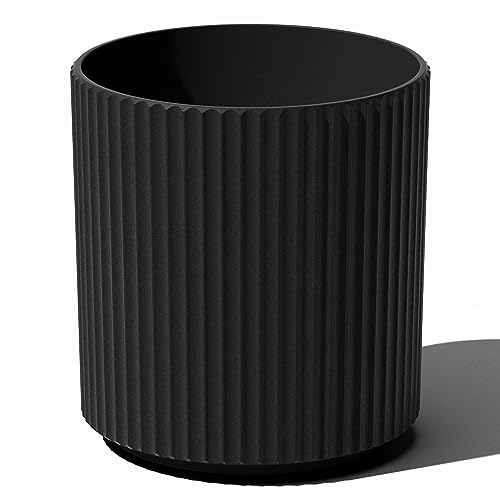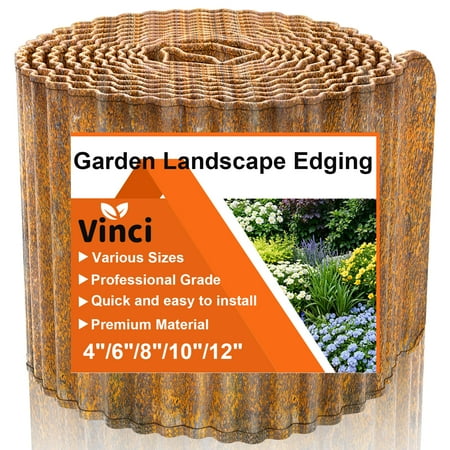6 things that make a yard look cheap, say garden designers – and how to avoid making these mistakes for a stylish plot in 2025
Garden experts reveal the dos and don'ts to help breathe fresh life into your yard
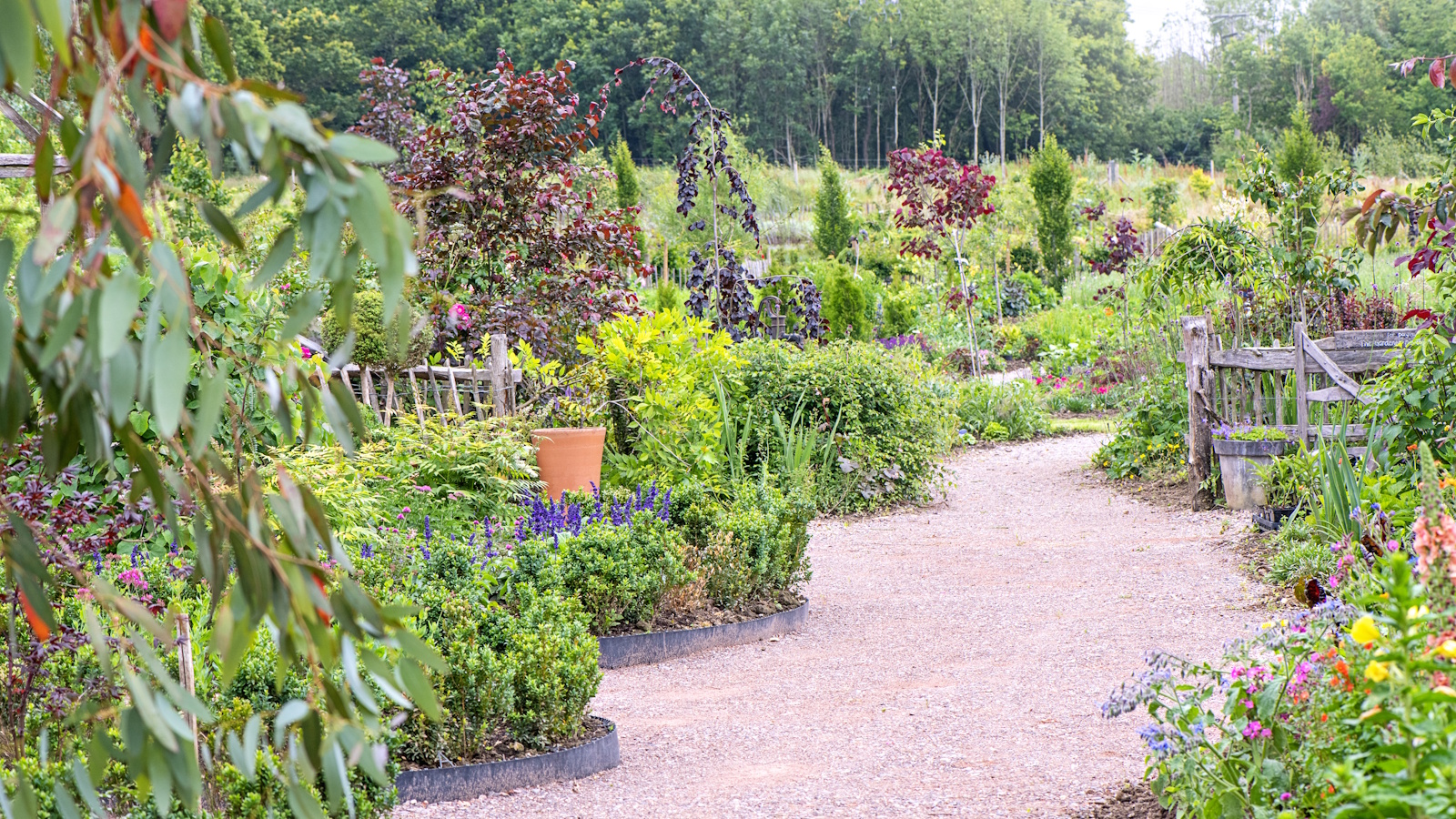

Transforming your outside space is all about editing. While you might want to include lots of different ornaments, plants or furniture in your yard, there is such a thing as too much, which can cheapen the overall aesthetic.
Even a small amount of selectivity can have a big impact and help to make your yard feel considered, well-maintained and inviting. By avoiding a few common mistakes that make a yard look cheap, such as neon-colored plastic pots or one too many garden sculptures, your space will feel more cohesive and become a plot to be proud of.
So, while there are many new garden trends and design ideas that you might want to try in your outside space, remember that editing can transform the potential of any yard. Here, garden experts share six design dos and don'ts to help you elevate your space.

6 mistakes that make a yard look cheap
While there is no right or wrong way to design or landscape, there are indeed a handful of impractical garden trends and designs that make a yard look cheap. Collectively, small mishaps can have a big impact on your garden’s overall appearance.
So, if you are looking for quick and easy backyard ideas this year that will enhance your space, these are the common mistakes to put right for an instant makeover.
1. Overuse of garden figurines
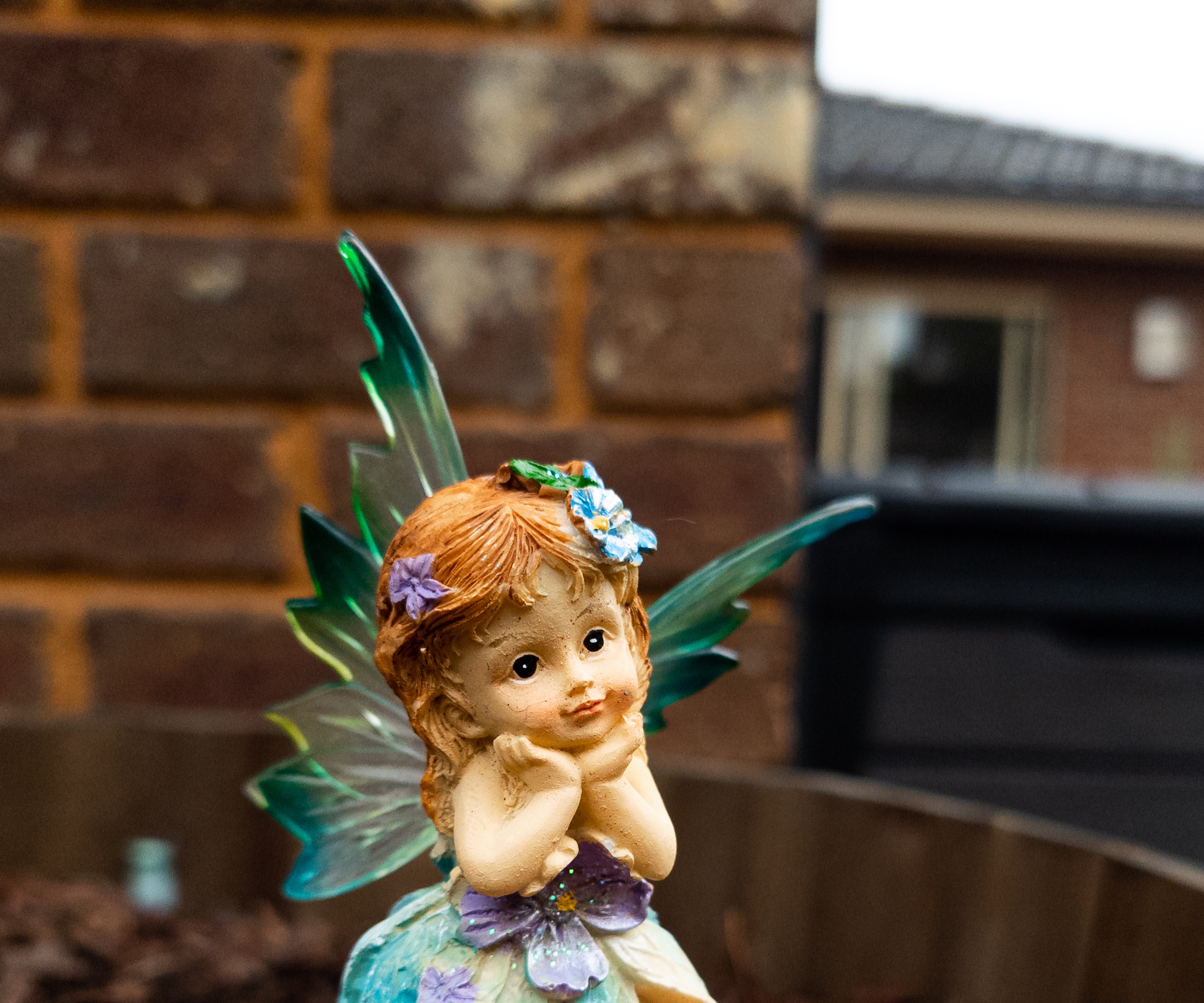
'Garden gnomes or strange-looking fairies can damage the overall look of a yard, especially if you like a modern aesthetic,' says Tammy Sons, horticulturist and CEO of TN Nurseries, based in Altamont, Tennessee.
'Overuse of garden figurines is certainly one of the most common things that make a yard look cheap,' Tammy says. 'It is best to avoid using too many bright plastic figurines or decorative accents as this can appear tacky.'
Indeed, one too many garden statues or figurines can really detract from the natural beauty of your space. While this is not to say that fairy garden ideas have no place in the yard, it is best to keep any ornaments limited, and perhaps towards the back of your plot.
Instead, if you want to include a sculpture in your borders, stick with one colorful modern piece, such as this sage green Wade Logan bird bath from Wayfair. One attractive piece is far more desirable than hundreds of ornaments.

Tammy Sons is a horticulture plant expert, garden writer, and educator. Tammy is the CEO and founder of TN Nursery, a thriving online plant nursery based in Altamont, Tennessee. She is also a prolific writer, sharing her knowledge through articles on various gardening topics, including plant care, sustainable landscaping, and the latest trends in horticulture.
2. Too many clashing bedding plants
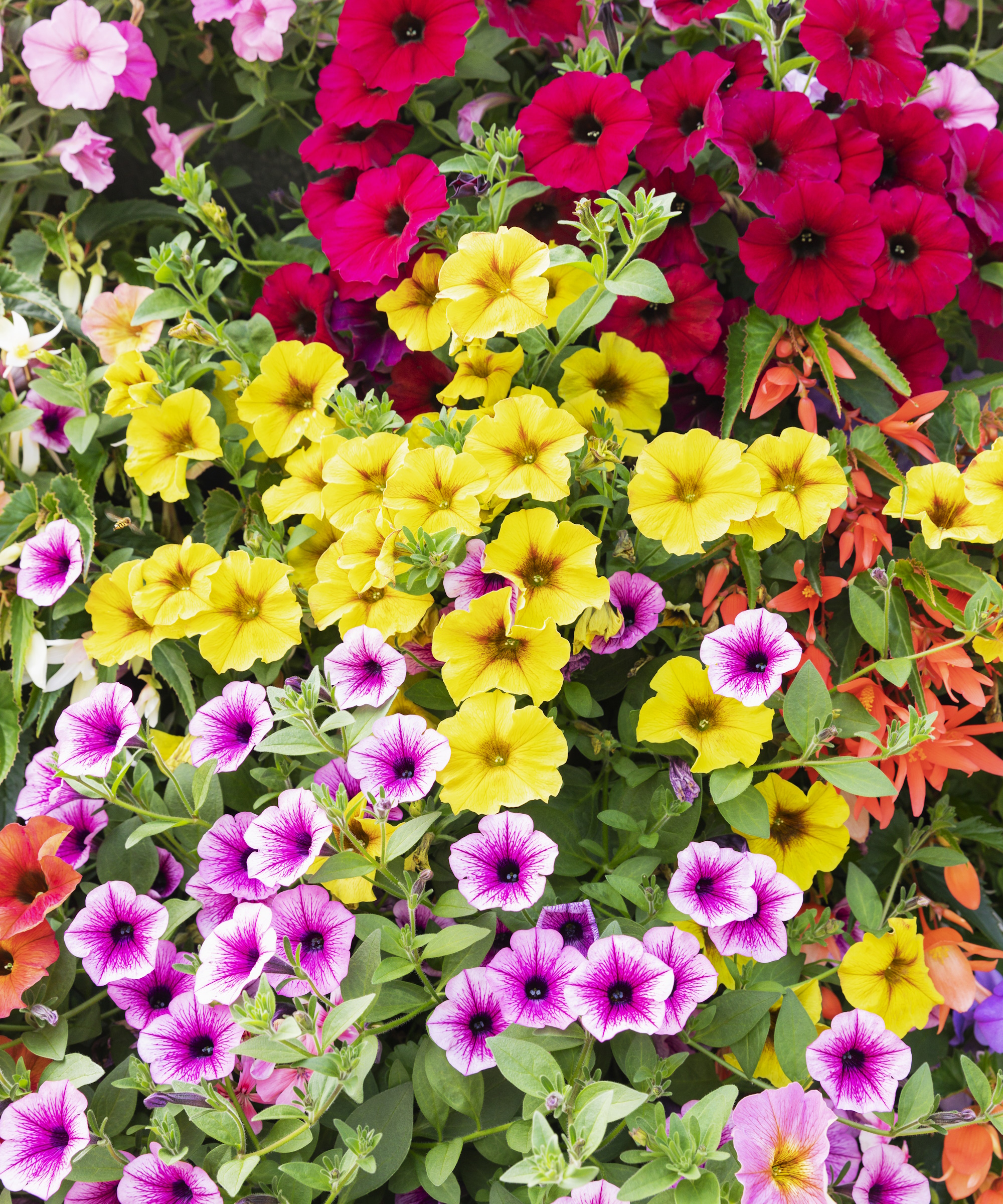
While fast-growing flowering annuals are useful in any outside space, too many brightly colored or clashing bedding annuals can often detract from the overall aesthetic. Think Victorian garden design, with rows of pink petunias alongside yellow marigolds and purple pansies. Perhaps a bit too much?
'Color is undoubtedly important when growing and gardening, but sometimes less is more, particularly if you want a cool, clean look,' Tammy continues. 'Poor attention to color and texture can hinder your design, and by adding too many bedding annuals that do not work together, your plot can appear cheap.'
When using annual flowers in your yard, limit your palette to a handful of complementary colors. Why not grow petunias in a pot, but stick with one shade alongside ornamental grasses? White petunias alongside blue fescue grass would be a winning and subtle combination.
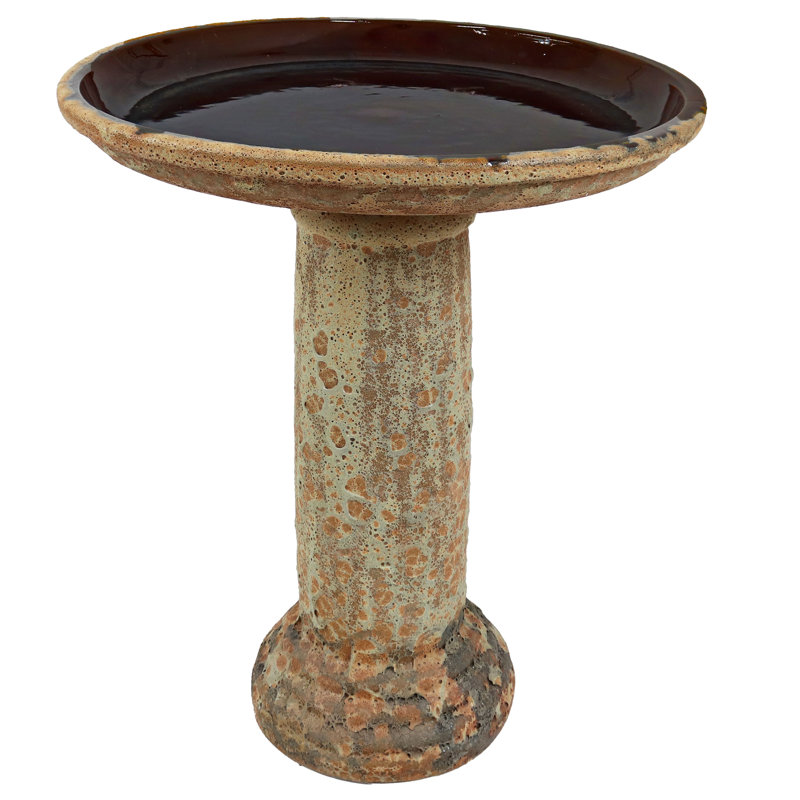
This one-of-a-kind lava surface bird bath is made from frost- and UV-resistant ceramic to survive challenging winter and summer weather.
3. Broken or unstable garden structures
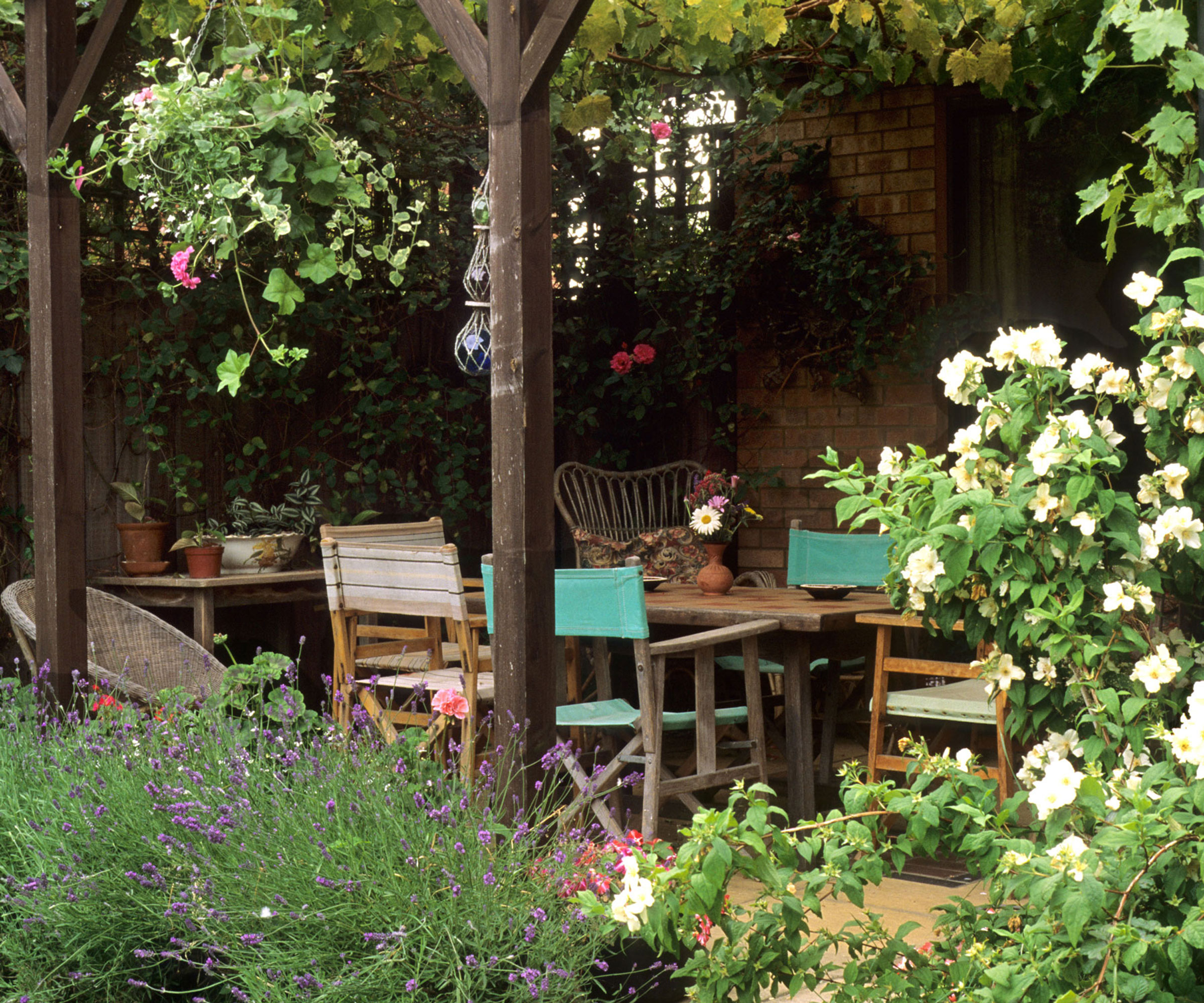
'There are a few different flaws that can make a yard look cheap, including unkept landscapes or excessive use of artificial turf, which can lead to an inexpensive look,' says Tim Heneveld, Country Director for Pergolux in North America.
'However, for me, broken or damaged garden structures are the worst offenders,' Tim adds. 'If you are wondering how to maintain a tidy garden or looking for pergola ideas, using quality pieces and keeping them well-maintained is crucial.'
Ensure that broken pieces are repaired, and give wooden structures a lick of paint once in a while, using something like this Glidden black exterior paint from Walmart.
'To elevate your garden next year, ensure that any pergolas or furniture are well maintained and thoughtfully decorated with outdoor lights,' Tim says. 'Keep things simple but refined, and focus on timeless, durable elements that add both form and function.'

Tim Heneveld, Country Director for PERGOLUX in North America, is an entrepreneur with a background in sales and a visionary approach. Focused on establishing PERGOLUX as the leading provider of louvered pergola kits in the US, Tim is known for his down-to-earth leadership style. He drives the company’s success by cultivating innovation.
4. Colorful plastic pots
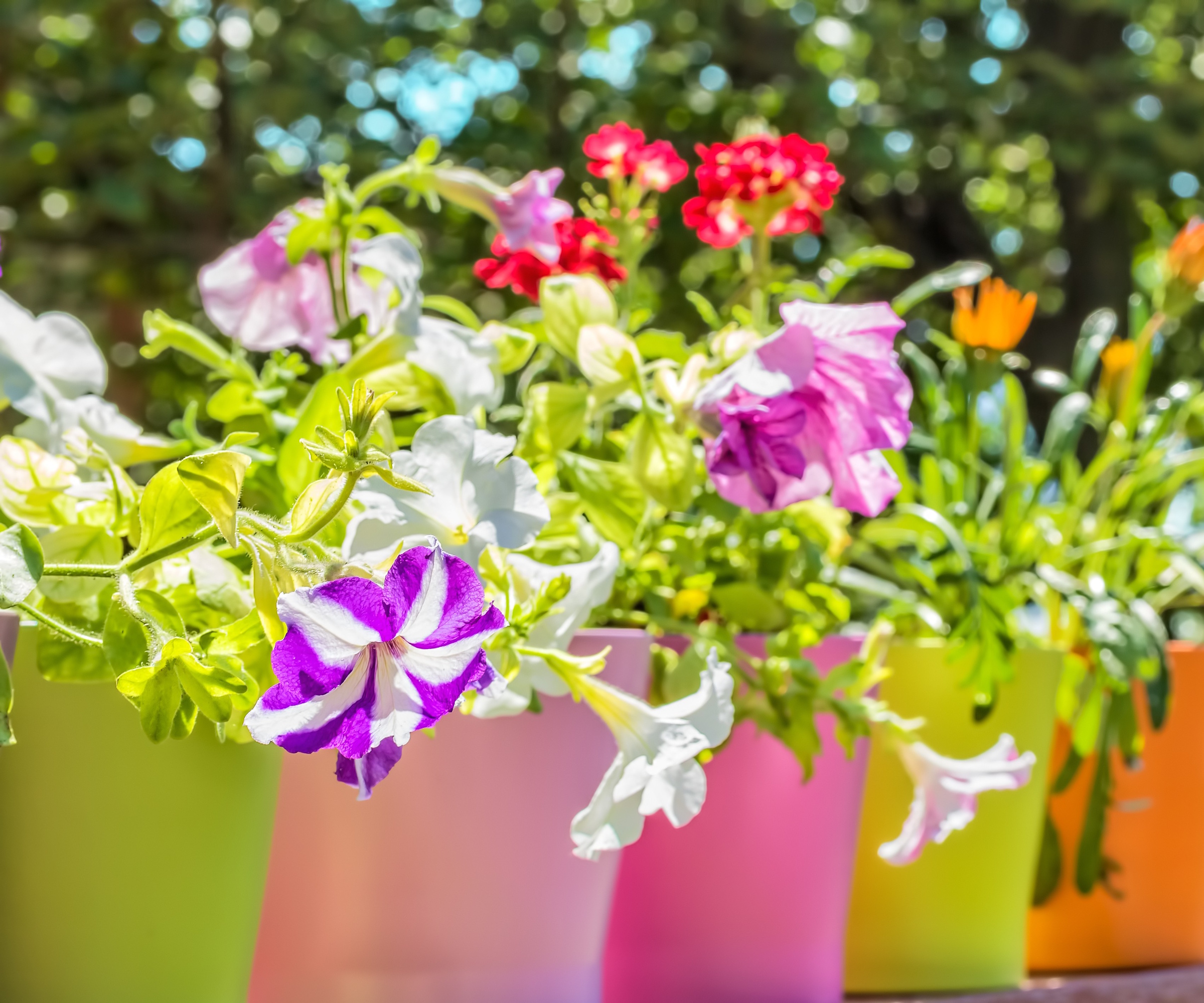
'When picking pots for your yard, it is important to think of two things: longevity and does it add to your landscape aesthetic,' continues Tim. 'Materials like clay and metal are known to last the test of time and will weather nicely, whereas, clashing or neon plastic pots might seem fun for a short time, but you will quickly tire of them.'
Indeed, as Tim says, mismatched colors can create visual discordance, appearing unnatural and cluttered. Instead, if you are looking for summer container ideas or wondering how to style with large decorative pots, opt for subtle, natural colors that blend into your yard and let the perennials, shrubs and annuals provide the color.
There are many attractive and reasonably priced pots available, such as this rustic plastic pot, available from Amazon, that has the appearance of a ceramic planter but for a fraction of the price.
5. Neglecting to plant in drifts
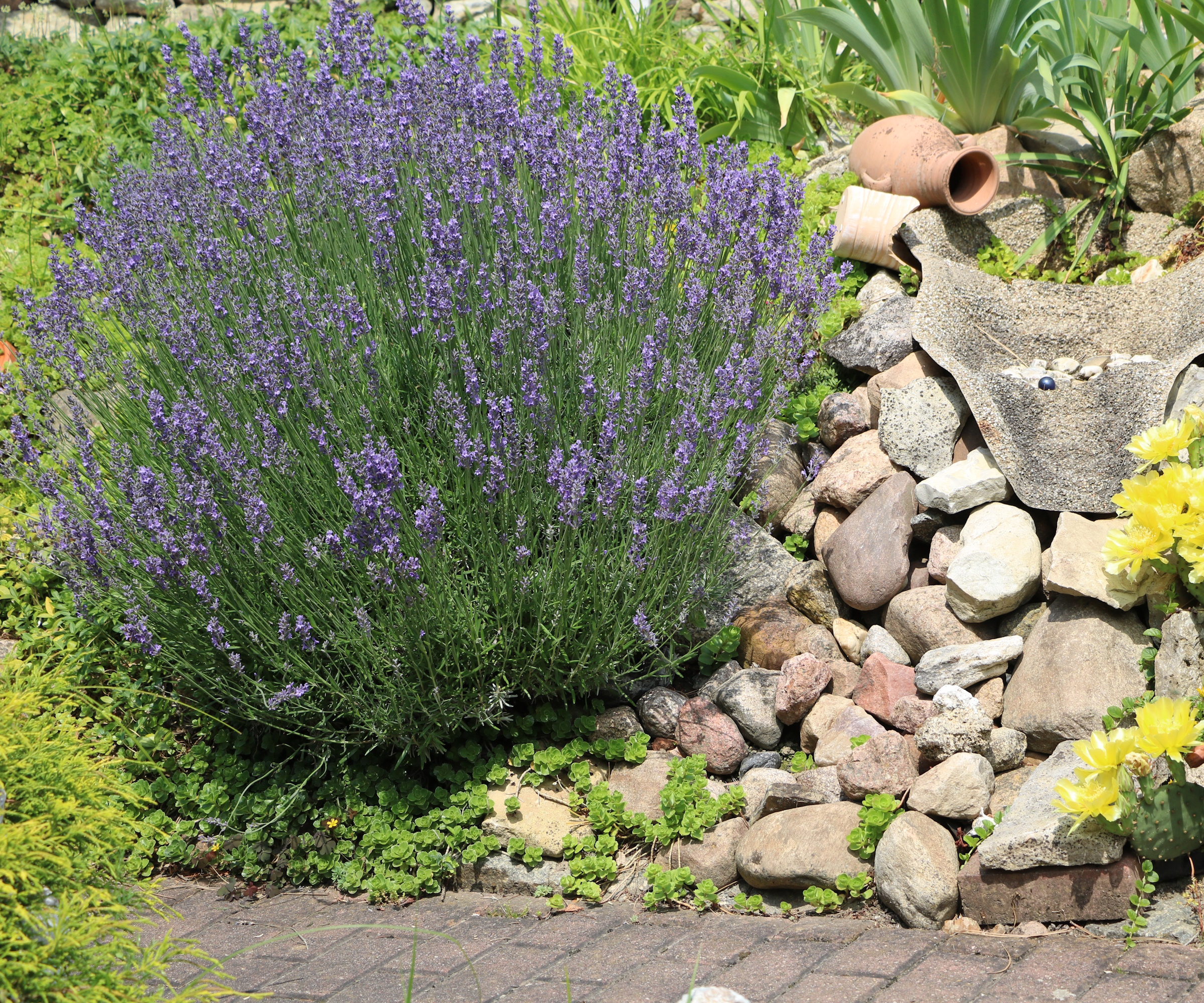
Meadowscaping and prairie gardens have become popular in recent years, and for good reason. Natural drifts of planting are far more aesthetically pleasing than just one singular specimen.
One lavender in a backyard might seem odd, as in the wild, very rarely would you get one specimen in a landscape. Instead, opt to repeat planting combinations, with clusters of three or five plants spaced apart creating interesting and impressive borders.
6. Unmaintained edging
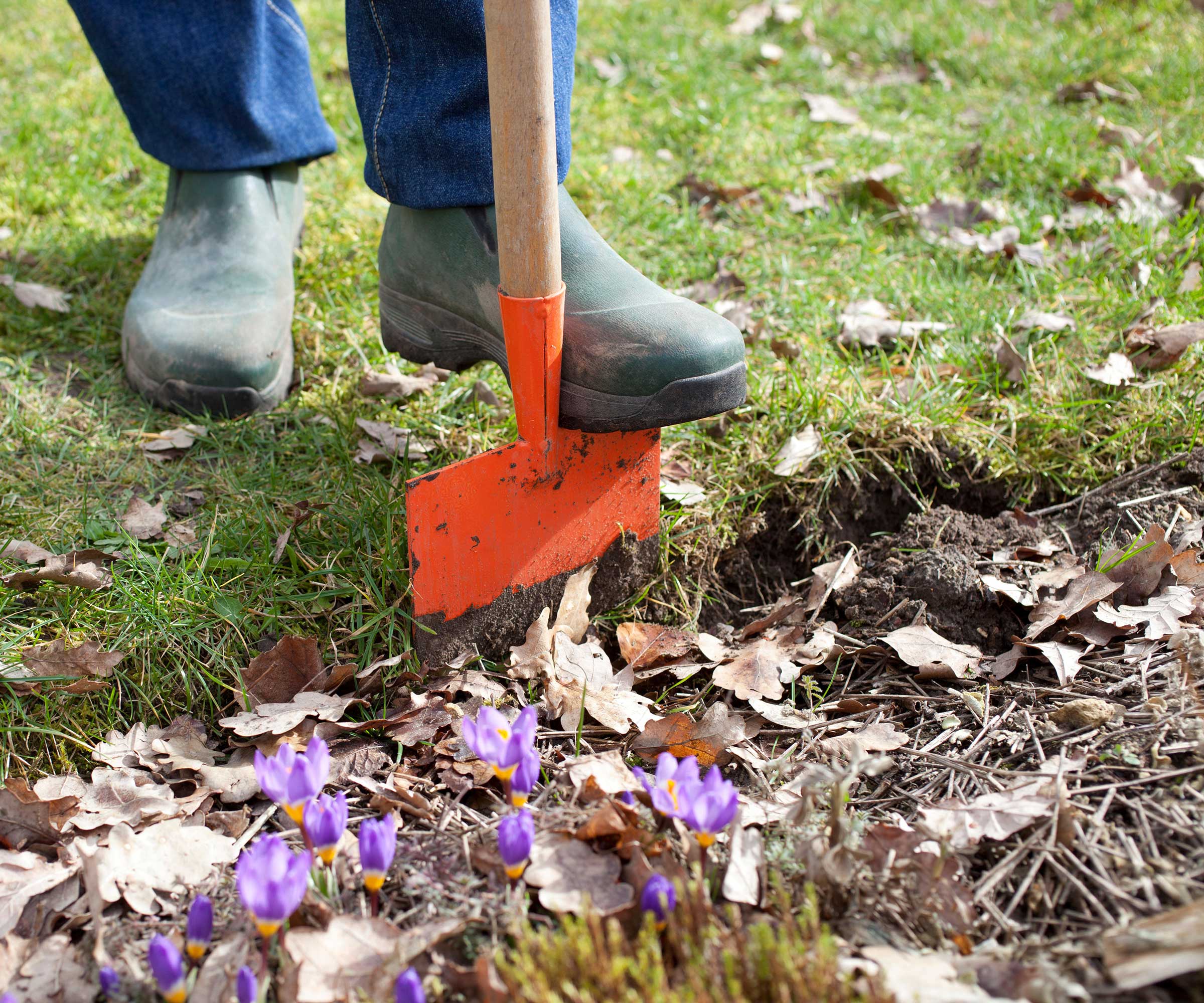
'Another mistake that can make a space look cheap is uneven or poorly defined edging,' says Tammy Sons. 'When thinking about garden edging, you want to keep it clean, crisp and sharp to enhance your overall aesthetic.'
'Just think, if you see broken plastic edging alongside a lawn, or a poorly installed metal garden edging surrounding a flower bed, it looks bad.'
In my experience, it is best to avoid using plastic edging which tends to tear and can quickly look messy. Instead, opt for natural materials such as metal or even wood. While wood will eventually rot or break down, this can add a touch of cottage garden charm. Try something like this natural eucalyptus wooden edging, available from Walmart, ideal for lining borders or flower beds.
FAQs
What quick fix solutions are best when you are working on a budget?
If you have a limited budget, giving your fence a fresh coat of paint, weeding the borders and applying some mulch will give the appearance of a tidy, well-maintained plot. Also, avoid stockpiling clutter, waste and debris at the bottom of your yard, which will look unsightly and detract from your shrubs, trees and perennials.
Lighting should also be another consideration and can make or break a design. Broken or flickering lights, if not fixable, should be replaced, helping to add interest to your plot as the light fades. They are also important for showcasing different design elements, such as a pergola, archway or uplighting trees. For more inspiration, see our guide to the best festoon lights.
Sign up to the Homes & Gardens newsletter
Design expertise in your inbox – from inspiring decorating ideas and beautiful celebrity homes to practical gardening advice and shopping round-ups.

Thomas is a Content Editor within the Gardens Team at Homes and Gardens. He has worked as a professional gardener for both public spaces and private estates, specializing in productive gardening, growing food and flowers. Trained in Horticulture at the Garden Museum, he has written on gardening and garden history for various publications, including The English Garden, Gardens Illustrated, Hortus, The London Gardener and Bloom. He has co-authored a Lonely Planet travel book, The Tree Atlas, due out in 2024.
-
 How to grow astilbe – expert advice on cultivating this shade-tolerant flowering perennial
How to grow astilbe – expert advice on cultivating this shade-tolerant flowering perennialShade-tolerant and pest-resistant - astilbe are hardy and tough perennials that can thrive in many settings
By Ellen Wells Published
-
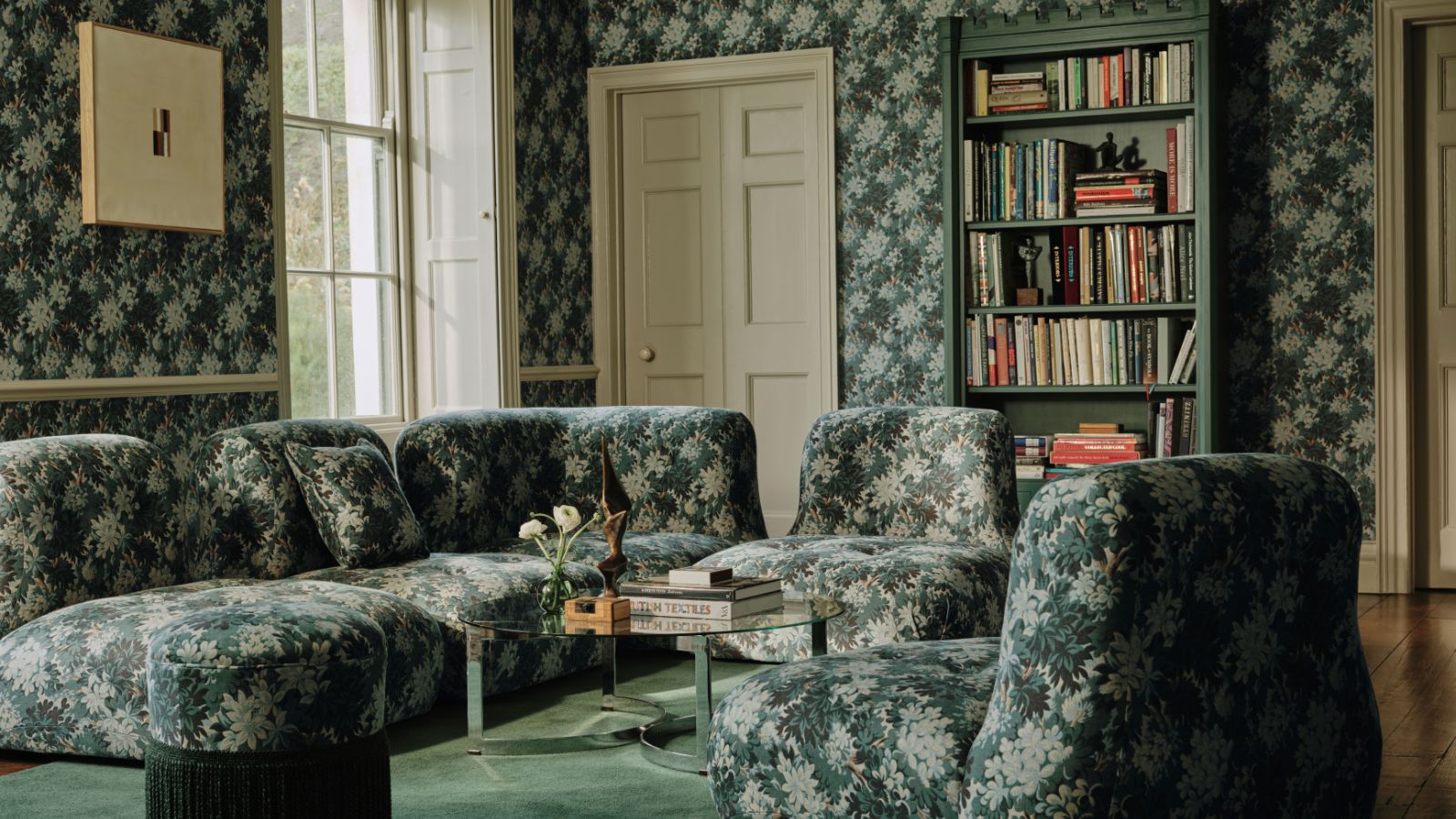 Vintage prints are making a comeback – designers say to look out for these 5 nostalgic patterns this year
Vintage prints are making a comeback – designers say to look out for these 5 nostalgic patterns this yearThese vintage-style patterns are all the rage right now, and we spoke with design experts to learn how best to style them in the home
By Eleanor Richardson Published
-
 7 native perennials to plant in April – for glorious flowering displays to attract bees, butterflies, and hummingbirds
7 native perennials to plant in April – for glorious flowering displays to attract bees, butterflies, and hummingbirdsDiscover some of the best perennials to plant in April to make your garden a hotspot for wildlife
By Drew Swainston Published
-
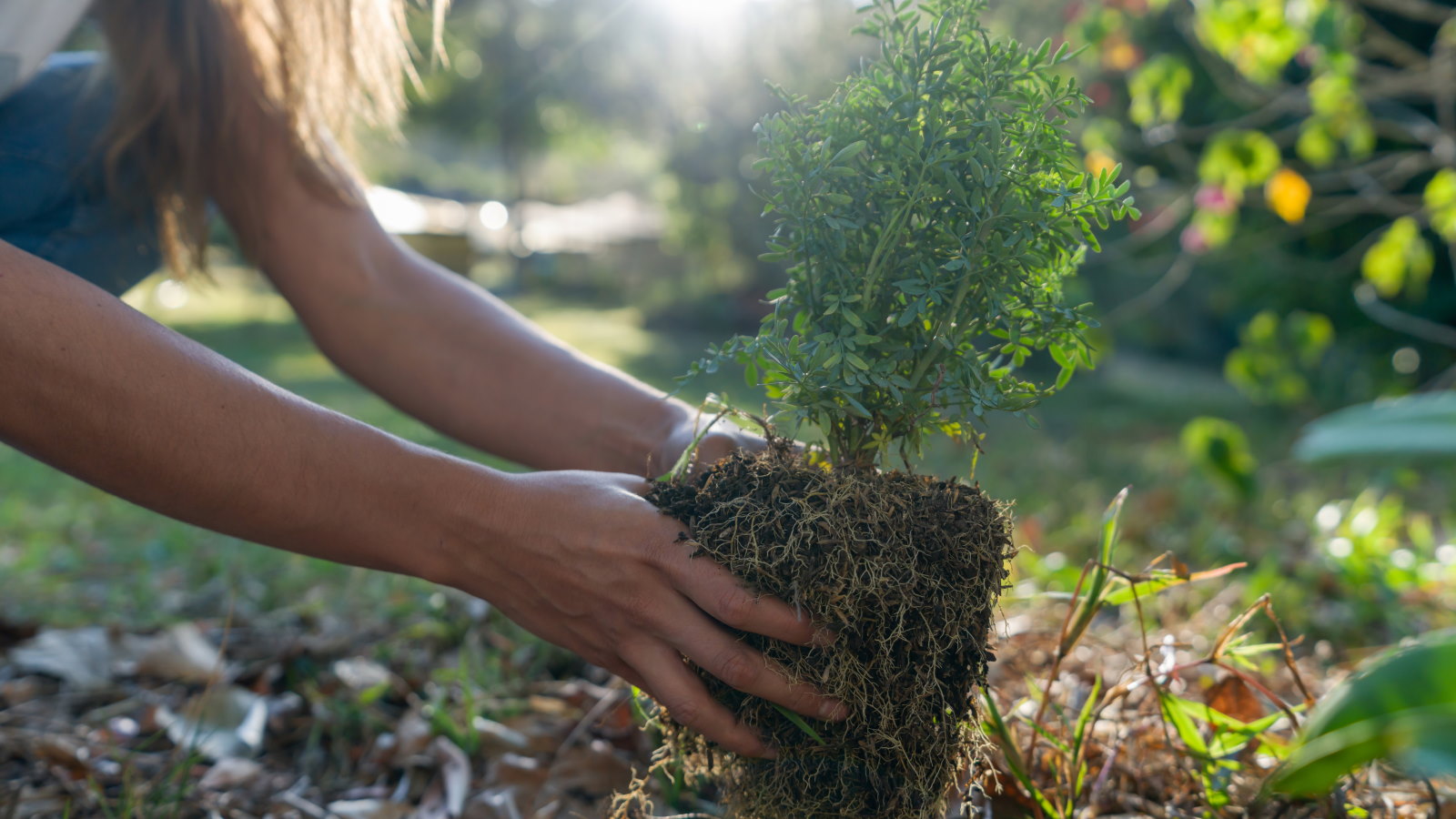 7 shrubs to plant in April to transform beds and borders – including native plants and bushes suitable for dry or wet spots
7 shrubs to plant in April to transform beds and borders – including native plants and bushes suitable for dry or wet spotsThese shrubs can bring flowers, texture, and fragrance, as well as attracting beneficial insects and birds
By Drew Swainston Published
-
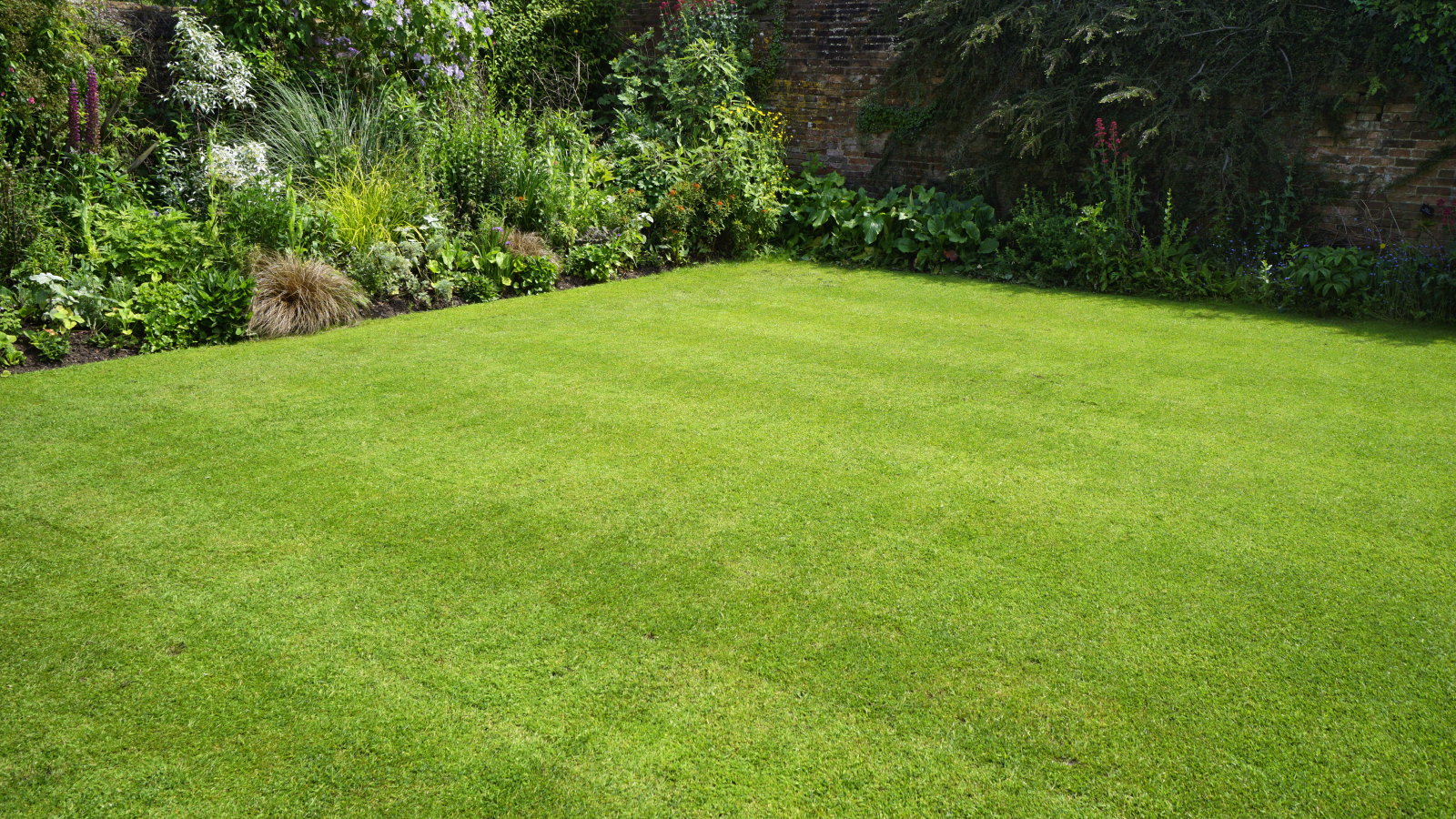 I'm a lawn care expert, and always do these 7 jobs in April to ensure thick, green grass all summer long
I'm a lawn care expert, and always do these 7 jobs in April to ensure thick, green grass all summer longTransform your lawn with these simple yet highly effective April lawn care tasks
By Drew Swainston Published
-
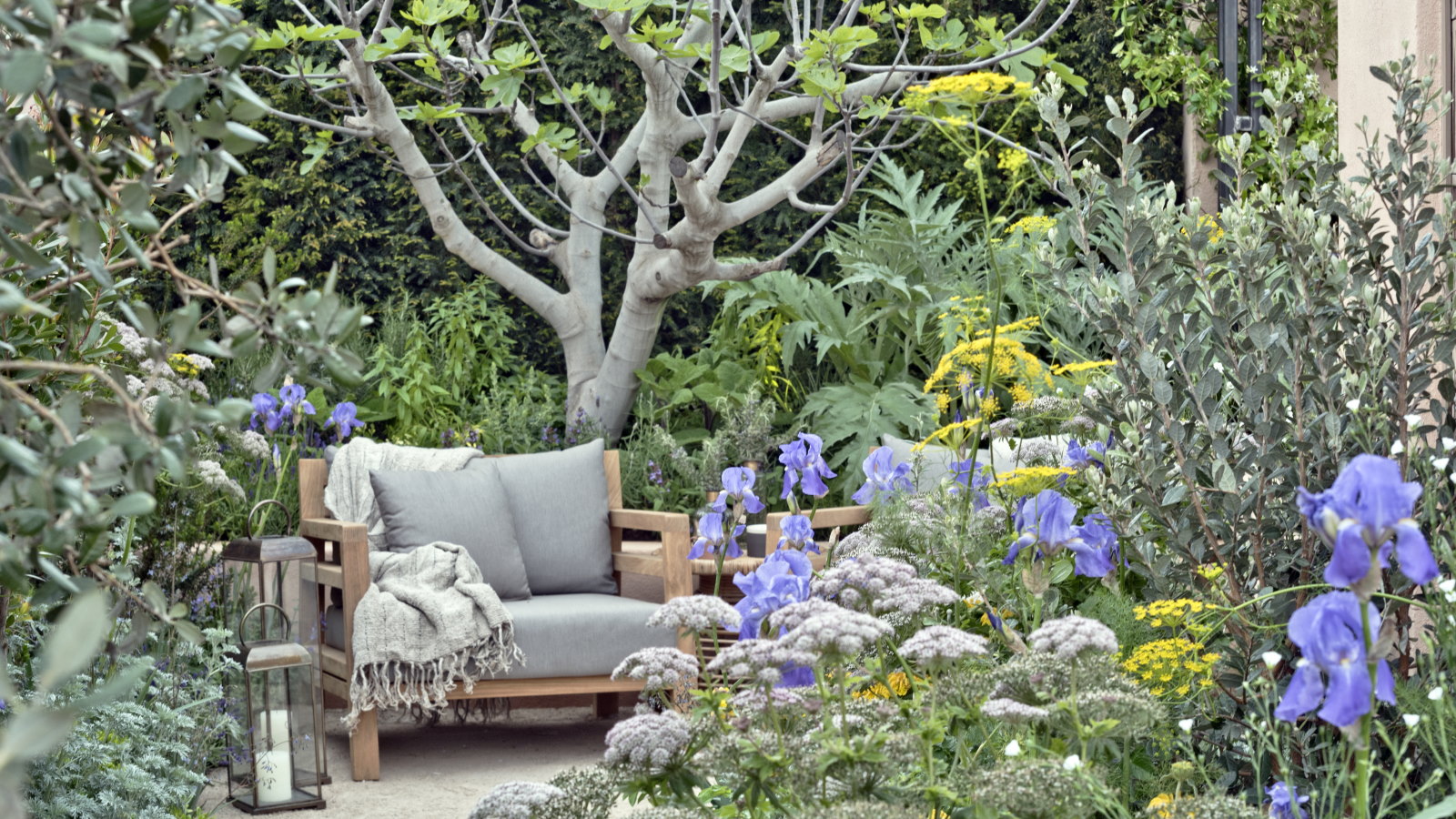 Horticulturists urge you to prune these 7 plants in April – for healthy growth and better-than-ever flowering displays
Horticulturists urge you to prune these 7 plants in April – for healthy growth and better-than-ever flowering displaysDiscover a key selection of plants to cut back this month, with expert pruning advice
By Drew Swainston Published
-
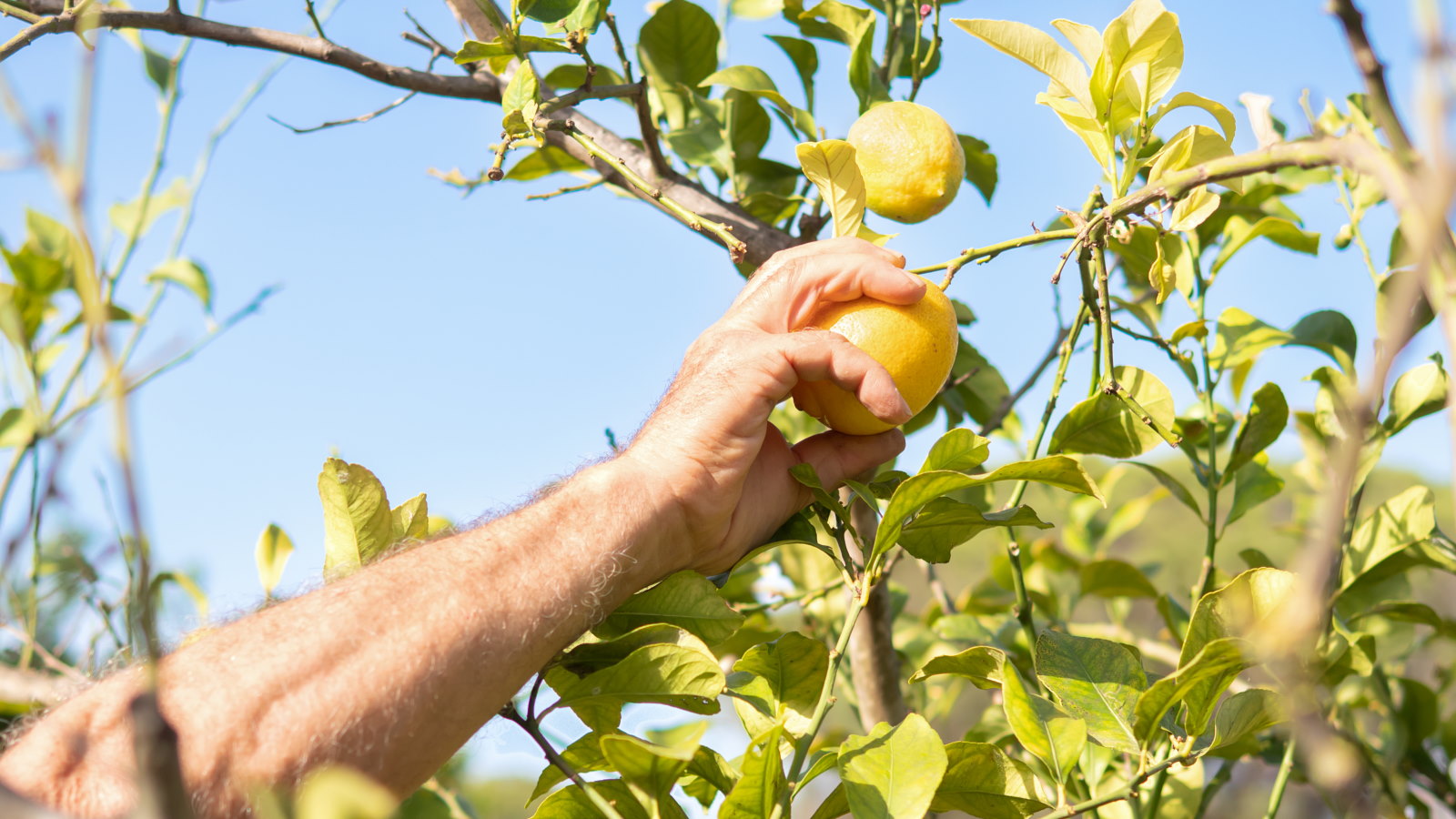 7 fruits to plant in April for years of tasty homegrown harvests, plus expert planting tips
7 fruits to plant in April for years of tasty homegrown harvests, plus expert planting tipsAn exceptional selection of fruit trees and soft fruit can be planted this month
By Drew Swainston Published
-
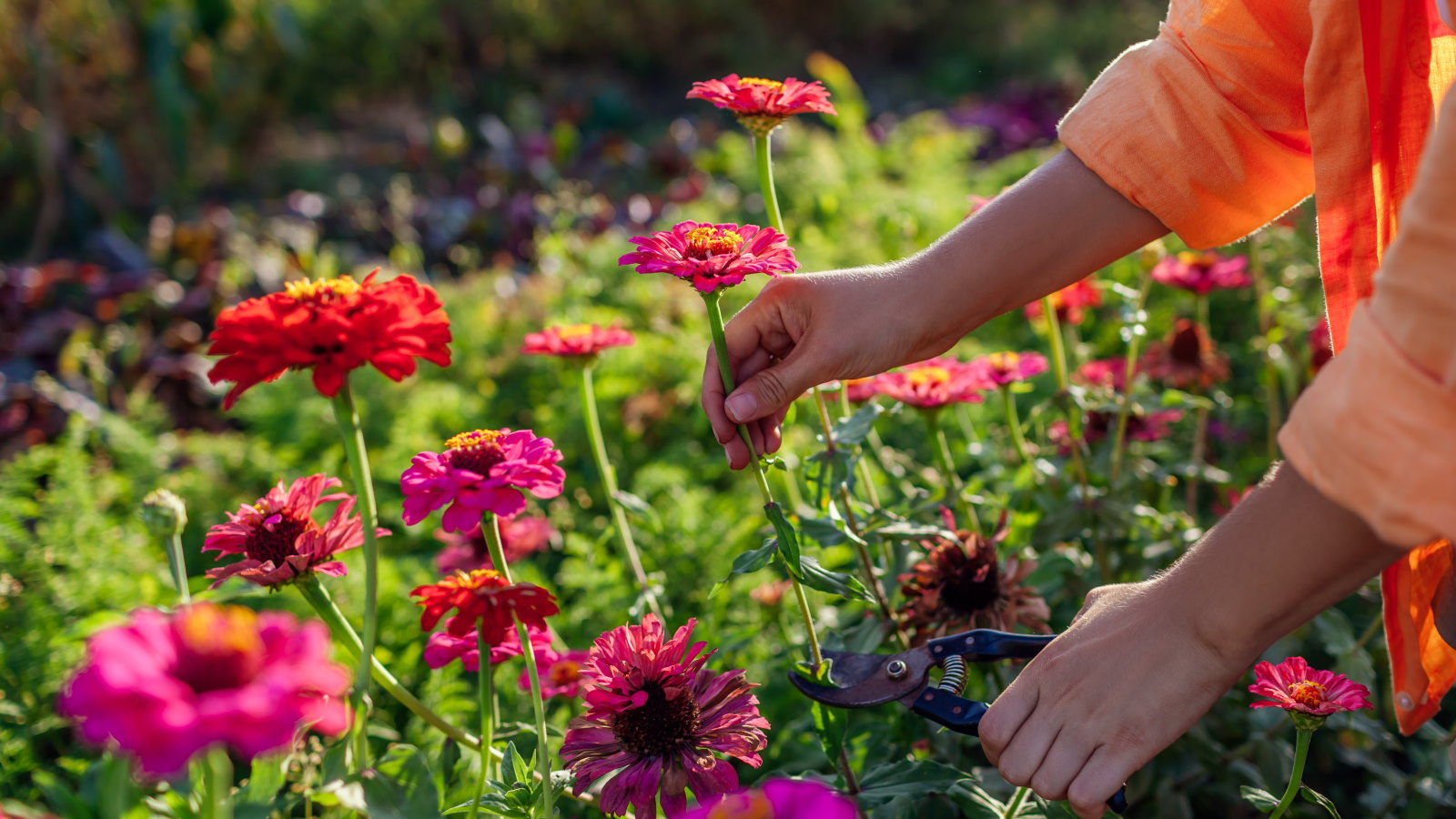 7 dazzling cut flowers to plant in April for bountiful blooms to enjoy in bouquets, vases, and displays this summer
7 dazzling cut flowers to plant in April for bountiful blooms to enjoy in bouquets, vases, and displays this summerDiscover sowing tips from an expert horticulturist
By Drew Swainston Published
-
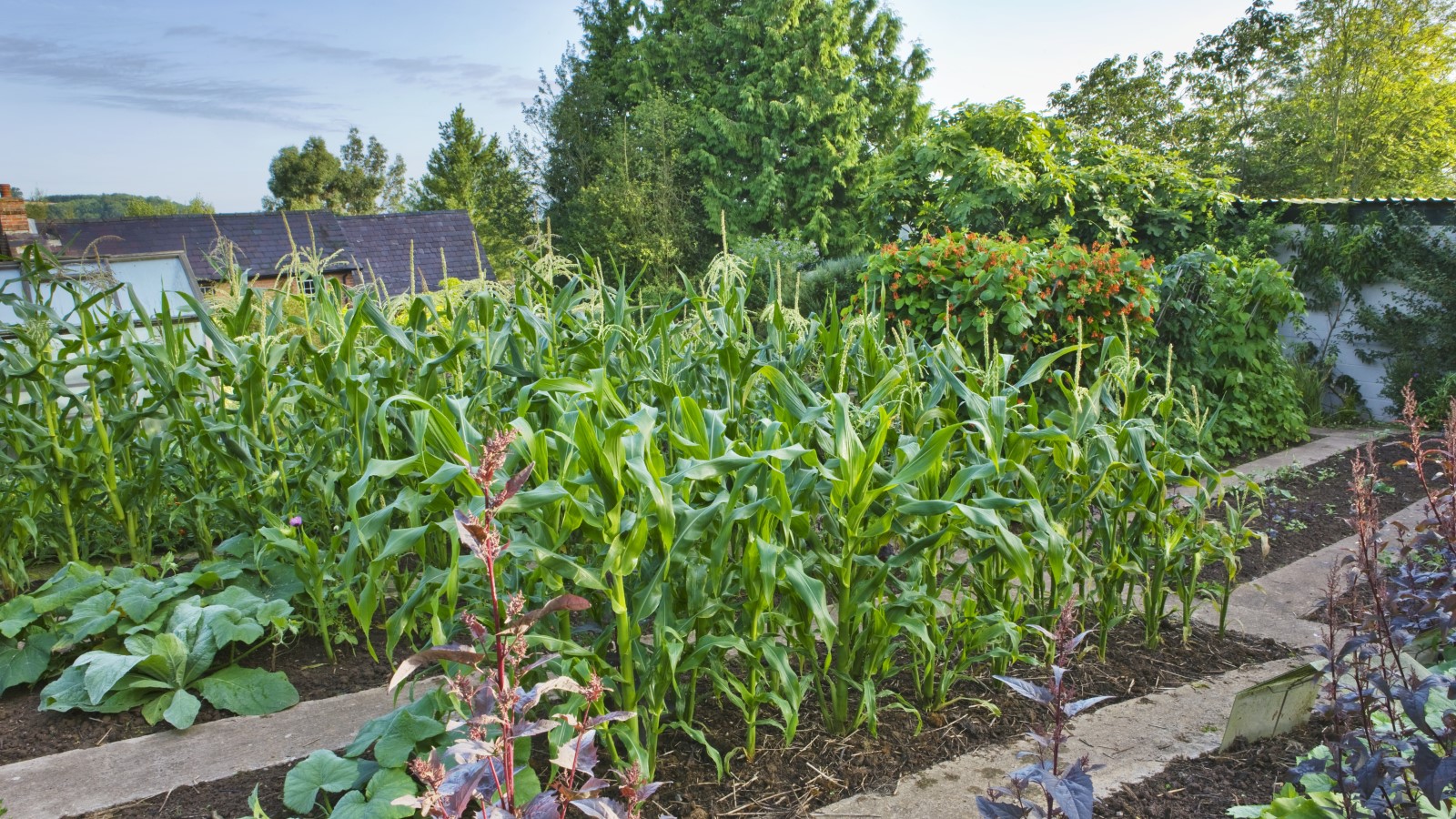 7 of the best vegetables to plant in April, with sowing tips from an experienced grower for bumper harvests
7 of the best vegetables to plant in April, with sowing tips from an experienced grower for bumper harvestsFrom broccoli to zucchini, April is a fantastic time to plant a wide range of vegetables
By Drew Swainston Published
-
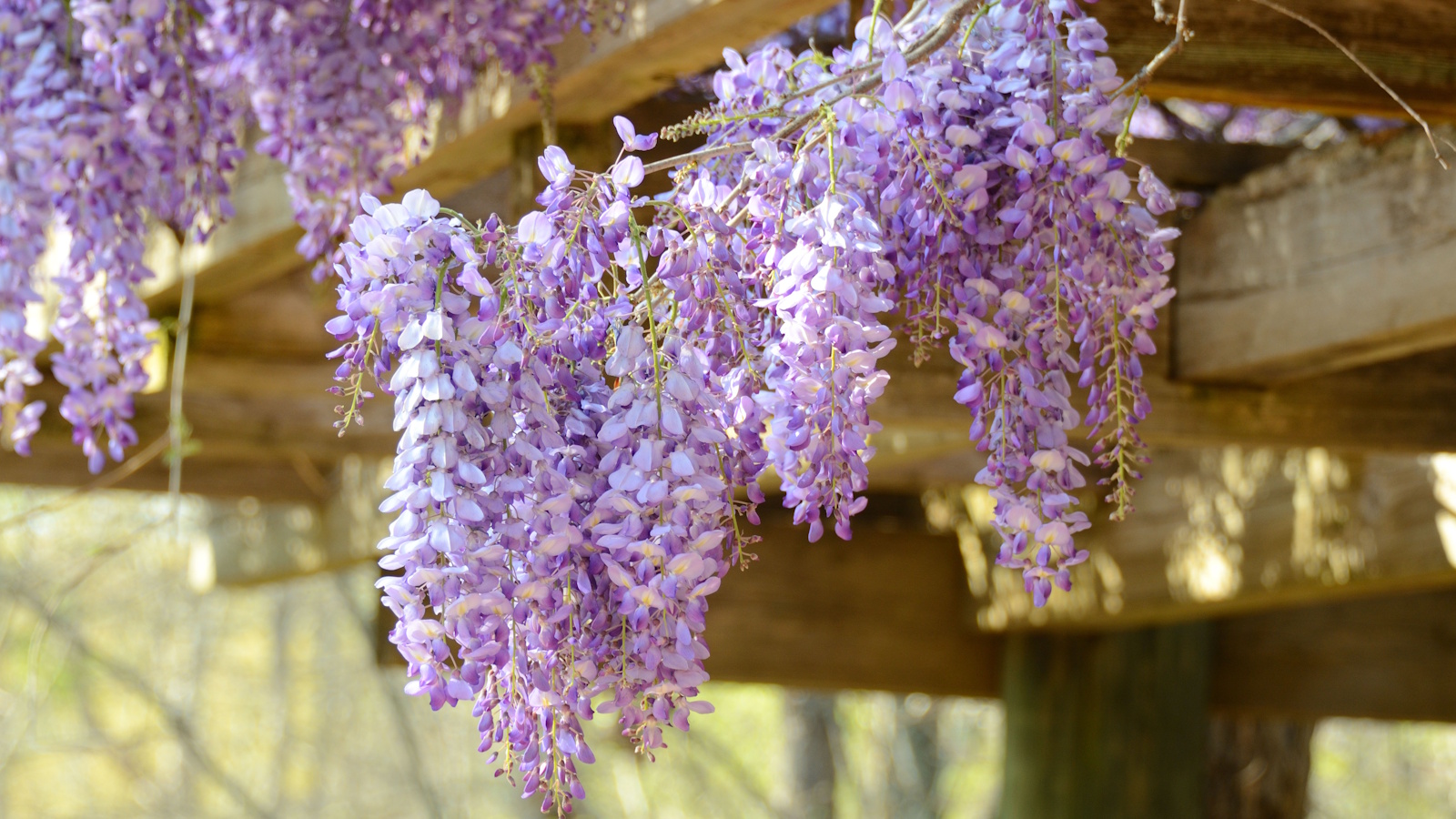 Best fragrant spring-flowering perennials – 5 charming choices to infuse delightful scent in your yard this season
Best fragrant spring-flowering perennials – 5 charming choices to infuse delightful scent in your yard this seasonSpring is full of so many beautiful aromas, uplifting our yards and making them an even more pleasant place to be
By Tenielle Jordison Published
